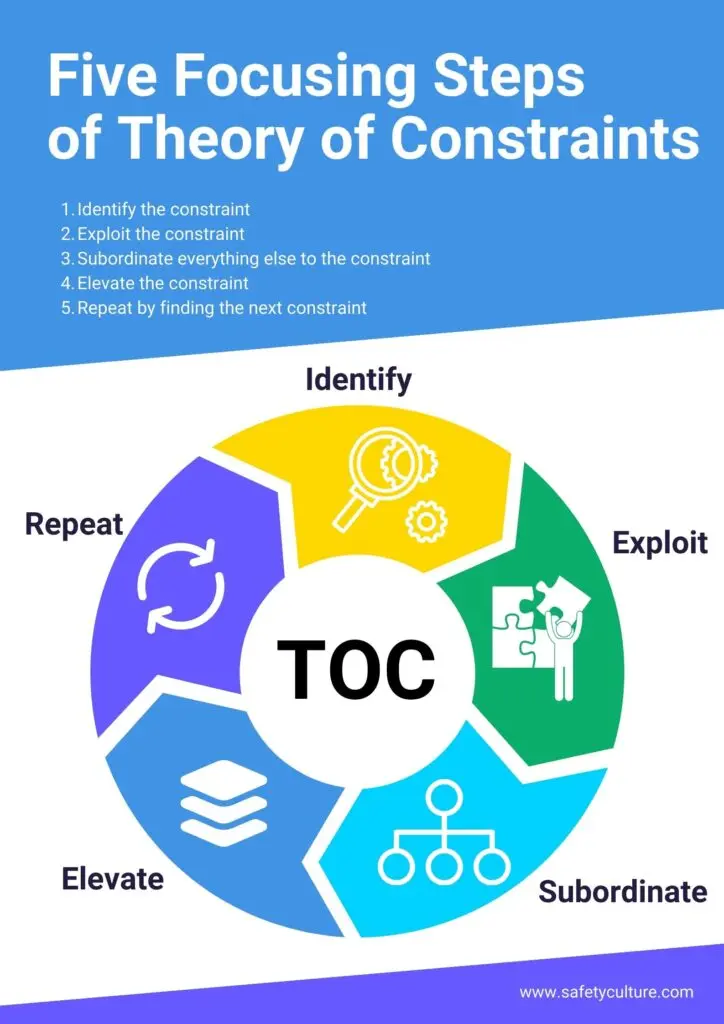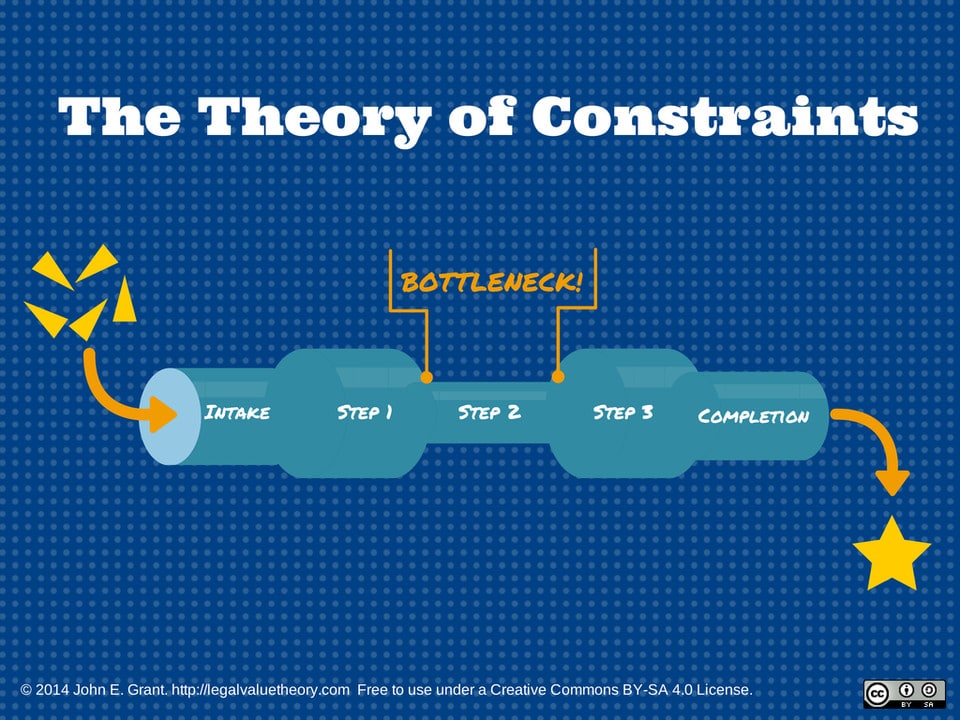The Theory of Constraints (TOC) is a powerful methodology for improving the performance of small to mid-sized companies. TOC focuses on the most critical limiting factors, or constraints, within business processes. This article will define TOC, explain how to apply it, explore the benefits of the approach, and conclude with a brief practical example.
TOC Defined
TOC, developed by Dr. Eliyahu Goldratt, posits that every company has at least one constraint, or bottleneck, that limits its performance relative to its goal. The primary objective of TOC is to identify and alleviate this constraint to improve overall company performance. This approach is particularly beneficial for small to mid-sized enterprises (SMEs), which often face significant constraints due to limited resources.
Theory of Constraints (TOC): Fact from Fiction, Michael Mkpadi
5 Steps to Apply TOC
Identify the Constraint
The first step is to pinpoint the most critical constraint in the business process. This could be a physical constraint, such as a bottleneck in production, or a policy constraint, such as inefficient procedures or lack of market demand. Identifying the constraint involves analyzing a company’s holistic workflow processes and determining where delays or inefficiencies occur most frequently. In most cases, this takes place during a constructive discussion with multiple functional areas represented.
Exploit the Constraint
Once identified, the next step is to make quick improvements to the constraint using existing resources. This might involve streamlining processes, reallocating tasks, or optimizing the use of the constrained resource to maximize its throughput without incurring additional costs. Lean and Six Sigma tools may be utilized in this step to eliminate waste at the constraint and control the required process changes.
Subordinate Other Processes
Align all other processes to support the needs of the constraint. This means adjusting other parts of the system to ensure they do not hinder the performance of the constraint. For example, if a particular machine is the constraint, ensure that upstream and downstream processes are synchronized to avoid overloading or underutilizing the machine. This can be the most difficult step to apply due to conflicting needs of different processes. Holistic measurements need to be applied.
Elevate the Constraint
If the constraint remains after exploiting and subordinating, consider additional actions to eliminate it. This might involve investing in new equipment, hiring additional staff, or changing operational policies or procedures. The goal is to increase the capacity or efficiency of the constraint until it is no longer the limiting factor.
Repeat the Process
TOC is a continuous improvement cycle. Once a constraint is resolved, the next constraint should be identified and addressed. This ensures ongoing improvement and adaptation to changing business conditions.

Safety Culture, Theory of Constraints
The Benefits of TOC
Increased Throughput
By focusing on the constraint, businesses can increase their output without proportionally increasing costs. This leads to opportunities for higher sales and profitability.
Reduced Operating Expenses
TOC helps in identifying and eliminating inefficiencies, which can reduce operating expenses. This is particularly crucial for SMEs operating on tight budgets.
Proper Inventory Levels
Improving the flow of products through the system reduces the need for excess inventory, freeing up capital and reducing storage costs. TOC can also identify opportunities for increasing availability of fast-moving inventory to avoid stockouts.
Enhanced Competitive Position
By improving speed and quality, SMEs can enhance their competitive position in the market, providing better service and faster delivery times to customers.
Case Study
TOC in a Manufacturing Facility
A practical example of TOC in action can be seen in a manufacturing setting. Consider a small manufacturing firm with multiple production stages. By identifying a bottleneck at a specific machine (e.g., a drilling machine with lower capacity than others), the firm can focus on optimizing its use. This might involve scheduling maintenance during off-peak hours, training operators to work more efficiently, or even investing in a second machine if necessary.
Once this bottleneck is addressed, the firm can then turn its attention to the next constraint, ensuring continuous improvement. This approach has also been applied to distribution, field service, engineering, project-based companies such as Construction, and other company types.
In summary, applying TOC to small and mid-sized companies involves a structured approach to identifying and improving constraints, leading to significant improvements in effectiveness and efficiency, overall cost reduction, and enhanced business performance.




